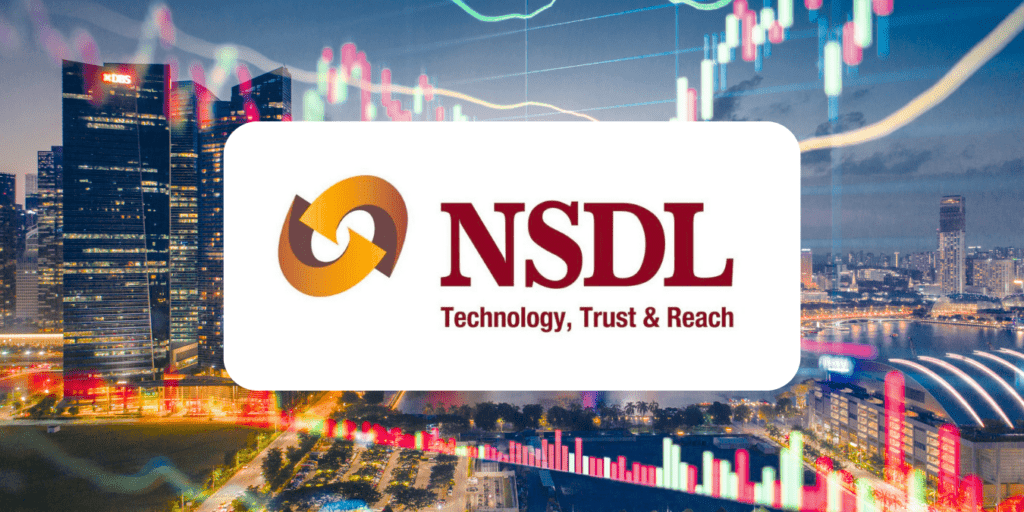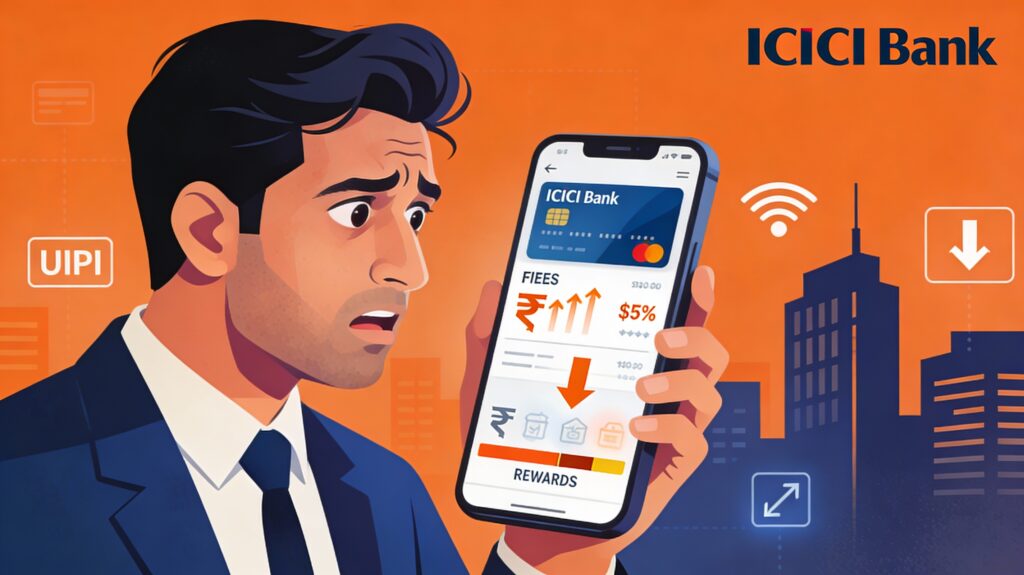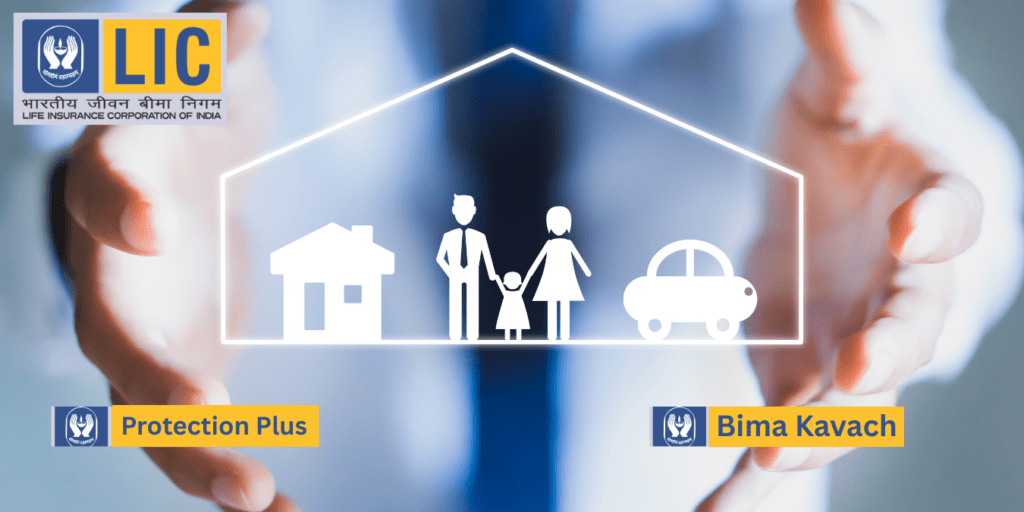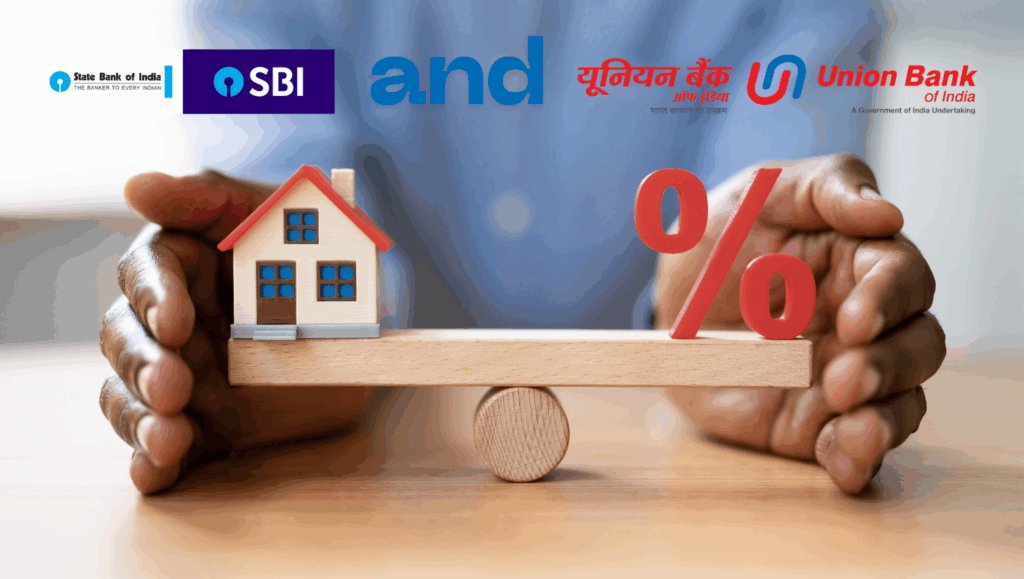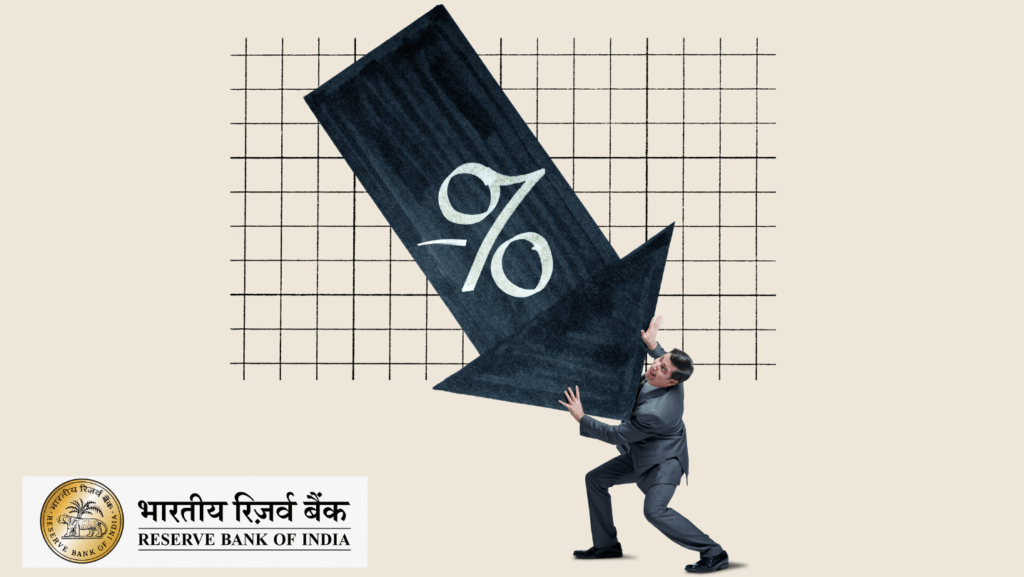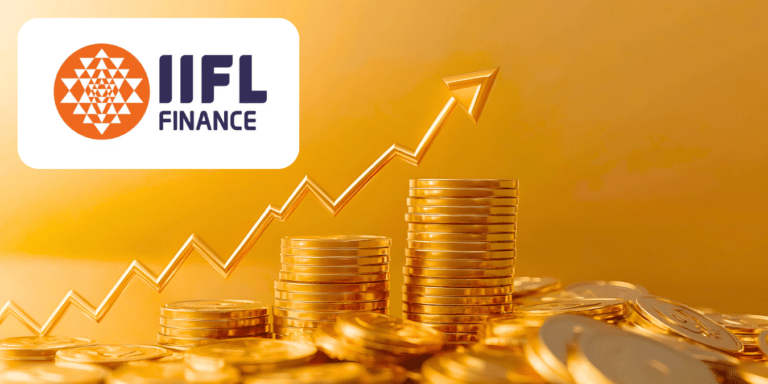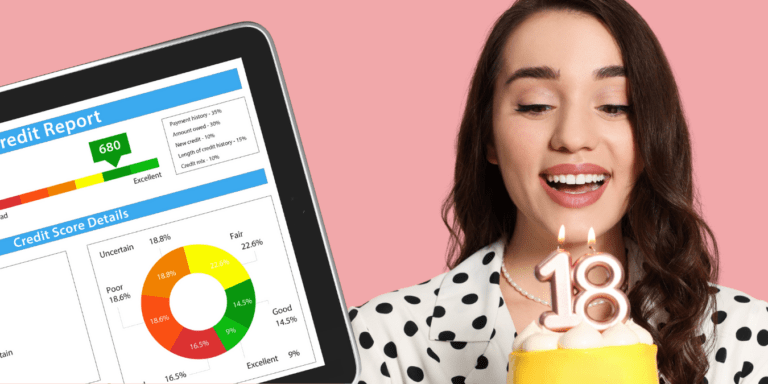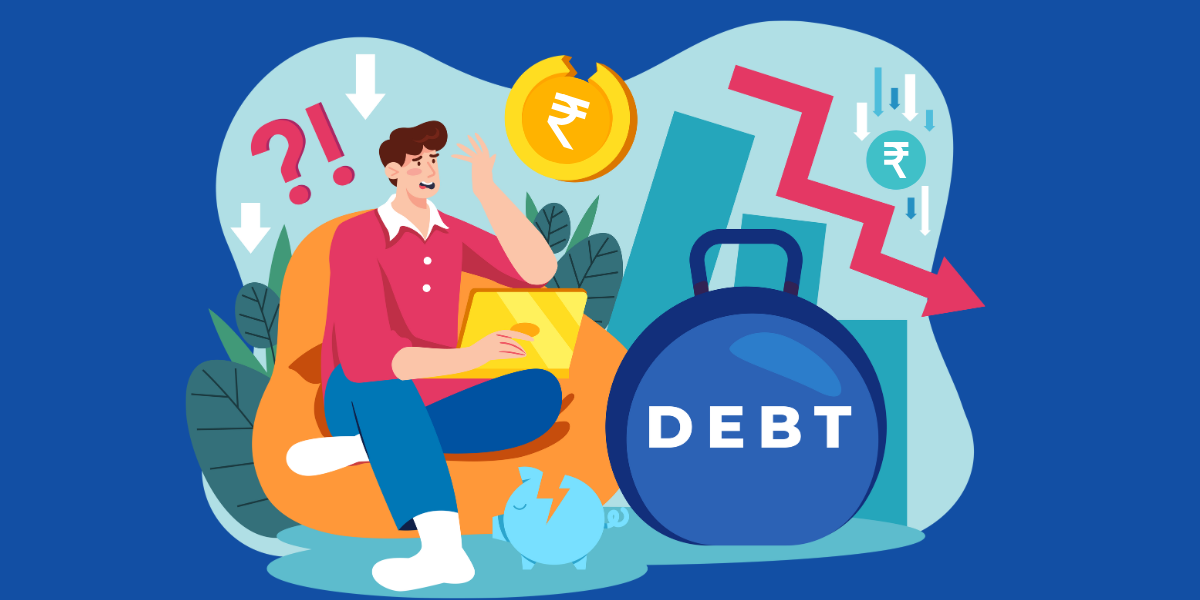
India’s soaring debt crisis—credit cards at 42%, surging student loans, and 30-year mortgages—demands action. Discover 8 proven, India-centric strategies to slash ₹1 lakh in debt, from avalanche methods to PMAY subsidies. Save thousands with expert hacks like balance transfers and tax benefits. Can you outsmart rising rates and unlock financial freedom? This suspenseful guide reveals secrets banks don’t share, tailored for India’s 2025 economy. Act now to crush credit card, student, and mortgage debt—your debt-free future awaits!
In 2025, debt management remains a critical skill for millions of Indians coping with various kinds of financial obligations such as credit card debt, student loans, and mortgages. Despite financial reforms and economic growth, debt levels continue to be significant, creating an urgent need for effective strategies to manage and eliminate these liabilities. This comprehensive guide delves deep into proven, research-backed methods tailored specifically for the Indian context, offering actionable insights to regain control over personal finances. Whether dealing with high-interest credit cards, lengthy student loans, or cumbersome home mortgages, understanding the right approach can drastically improve financial health and reduce stress.
The Debt Landscape in India Today
India’s financial ecosystem in 2025 underscores the reality that consumer and household debt are steadily climbing. The Reserve Bank of India and the Ministry of Finance note key indicators: overall public debt remains high, albeit with planned fiscal consolidation efforts targeting reduction of government debt-to-GDP ratios to approximately 50% by 2031. Meanwhile, private debt in the form of credit cards, education loans, and mortgages is widespread among the working-age population. With credit card usage surging alongside easier access to personal finance, coupled with rising education costs and homeownership aspirations, debt management strategies have become vital for sustainable financial wellbeing.
This article explores cutting-edge strategies to manage three predominant kinds of debt — credit card debt, student loans, and mortgages — with data-backed insights and India-centric nuances for 2025, helping readers craft the perfect financial roadmap.
Managing Credit Card Debt in India
Credit card debt is one of the most burdensome forms of debt due to its high interest rates and the temptation of easy spending. In 2025, India’s credit card market is booming, with millions of users, particularly in urban centers like Mumbai, Delhi, and Bengaluru.
Key Challenges with Credit Card Debt
- High Interest Rates: Credit card interest rates in India typically range from 18% to 42% per year, making unpaid balances costly.
- Minimum Payment Traps: Paying only the minimum amount due prolongs debt cycles, increasing total interest paid.
- Multiple Cards: Many Indians juggle balances across multiple cards with varying rates, complicating repayment.
Proven Strategies for Managing Credit Card Debt
1. Create and Follow a Strict Budget
Start by assessing your monthly income and categorizing expenses into essential (rent, groceries) and discretionary (dining out, entertainment). Use budgeting apps like Walnut or Moneycontrol to track spending. Allocate surplus funds to pay off credit card balances, prioritizing high-interest cards to minimize interest accrual.
2. Use Debt Snowball or Avalanche Methods
- Debt Avalanche Method: Pay off cards with the highest interest rates first to reduce total interest costs. For example, if you have three cards with rates of 36%, 24%, and 18%, focus on the 36% card while making minimum payments on others.
- Debt Snowball Method: Clear smaller balances first to gain momentum and motivation. This approach suits those needing psychological wins to stay committed.
In India, combining these methods often works best. For instance, paying off a small balance for motivation (snowball) while targeting high-interest cards (avalanche) can balance morale and savings.
3. Explore Balance Transfer Credit Cards
If you have a strong credit score (above 750), consider transferring high-interest balances to cards offering 0% or low-interest introductory periods, often available from banks like HDFC or SBI. Pay off the balance before the promotional period ends (typically 6–12 months) to avoid high rates.
4. Opt for Debt Consolidation Loans
Consolidate multiple credit card debts into a single personal loan with a lower interest rate (typically 10–15%). Banks like ICICI and Axis Bank offer such loans, simplifying repayments into one EMI and reducing interest costs. Ensure the loan tenure aligns with your repayment capacity.
5. Avoid New Debt and Build an Emergency Fund
Stop using credit cards for non-essential purchases and focus on building an emergency fund (3–6 months of expenses) to cover unexpected costs without relying on credit. Use high-yield savings accounts from digital banks like Kotak 811 for better returns.
Recent Data and Insights
In 2025, Indian banks and fintechs like Cred and Paytm are innovating with flexible EMI options and balance transfer schemes. RBI data shows a 15% increase in credit card spending year-on-year, underscoring the need for disciplined budgeting. Experts recommend combining financial products with strict spending habits to manage credit card debt effectively.
NSDL Stock Soars 34% Post-IPO: India’s Backbone of Digital Investing
SIM Swap Fraud: The Silent Threat That Could Drain Your Bank Account Overnight
The Indian Stock Market Outlook on Friday, 05-09-2025
ICICI Bank’s 2026 Shock: Fees Up, Rewards Slashed – Your Wallet Hit?
Managing Student Loan Debt in India
Student loans are a cornerstone of India’s education system, enabling millions to pursue higher studies domestically and abroad. However, repayment challenges persist due to job market uncertainties, high interest rates, and limited financial literacy.
Unique Features of Student Loans in India
- Interest Subsidies: Schemes like the Central Sector Interest Subsidy Scheme (CSIS) offer relief for economically weaker sections, covering interest during moratorium periods.
- Grace Periods: Most loans provide a 6–12-month grace period post-course completion before repayments begin.
- Diverse Lenders: Loans come from banks (SBI, Bank of Baroda), NBFCs, and government institutions, with varying terms.
Effective Debt Management Strategies for Student Loans
1. Understand Loan Terms Thoroughly
Compile a list of all student loans, noting principal amounts, interest rates (typically 8–12%), repayment schedules, and penalties. Use tools like Excel or loan calculators from SBI’s website to plan repayments and avoid surprises.
2. Leverage Government Assistance Programs
Apply for schemes like CSIS, which waives interest for students from families with incomes below ₹4.5 lakh annually. The Pradhan Mantri Mudra Yojana (PMMY) supports education loans for entrepreneurial ventures. Scholarships from institutions like IITs or foreign universities can also reduce loan burdens.
3. Strategize During Grace Periods
Use the grace period to save or secure employment. Making small payments during this time reduces the principal and total interest. For example, paying ₹5,000 monthly on a ₹10 lakh loan at 10% interest can save thousands over the loan tenure.
4. Consider Loan Consolidation Cautiously
Consolidating multiple loans into one can simplify repayments but may result in higher interest rates or loss of subsidies. Compare terms carefully using platforms like BankBazaar before consolidating.
5. Maintain a Strong Credit Score
Timely EMI payments boost your CIBIL score, unlocking better refinancing options. Consult financial advisors through platforms like FinEdge for personalized repayment plans.
6. Build an Emergency Fund and Explore Part-Time Work
Save 3–6 months of expenses to avoid default during income disruptions. Part-time or freelance work, such as tutoring or content creation, can supplement income for repayments.
Insights
Data from the Ministry of Education shows a 20% rise in student loan disbursements in 2025, driven by demand for foreign education. Financial literacy programs by NGOs like SEWA are helping graduates manage repayments, emphasizing early planning and disciplined saving.
Managing and Eliminating Mortgage Debt in India
Home loans, often spanning 15–30 years, are a significant commitment for Indian households. Efficient management can free up income and build long-term wealth.
Challenges with Mortgage Debt
- High Interest Outgo: Large loan amounts and long tenures result in substantial interest payments.
- Floating Rates: Loans tied to RBI’s repo rate (around 6.5% in 2025) expose borrowers to rate fluctuations.
- Prepayment Restrictions: Some lenders impose penalties for early repayments, limiting flexibility.
Smart Strategies to Repay Home Loans Faster
1. Increase EMI Payments Gradually
Paying 5–10% more than the minimum EMI reduces the principal faster. For a ₹50 lakh loan at 8% interest, increasing EMI by ₹5,000 monthly can save years and lakhs in interest.
2. Make Lump Sum Part-Payments
Use bonuses, tax refunds, or savings for periodic part-payments. A ₹5 lakh part-payment on a ₹50 lakh loan can reduce tenure significantly. Banks like SBI allow unlimited part-payments on floating-rate loans without penalties.
3. Choose Shorter Tenure or Refinance
Opt for a 10–15-year loan instead of 20–30 years to minimize interest, though EMIs will be higher. Refinancing with lenders offering lower rates (e.g., HDFC at 7.5%) can save money, but factor in processing fees.
4. Maximize Tax Benefits
Claim deductions under Section 80C (up to ₹1.5 lakh on principal) and Section 24(b) (up to ₹2 lakh on interest) to reduce tax liability, freeing up funds for faster repayments.
5. Avoid Additional Loans
Taking loans against property or multiple loans increases debt burdens, undermining mortgage repayment goals.
6. Maintain Financial Discipline
Ensure liquidity for EMIs during income disruptions. Use digital tools like Bajaj Housing Finance’s loan trackers to monitor progress.
Trends
Banks and NBFCs in 2025 offer flexible repayment options, including step-up EMIs and part-payment facilities. The Pradhan Mantri Awas Yojana (PMAY) provides subsidies for affordable housing, easing mortgage burdens for eligible borrowers.
The Role of Government Policies and Banking Sector Initiatives in Debt Management
The Indian government and financial institutions have introduced several measures to support debt management across sectors:
- Subsidies on interest rates for housing and education loans under PMAY and CSIS schemes.
- Flexible repayment and moratorium options by banks for borrowers facing income disruptions.
- Debt consolidation programs and loan restructuring facilities.
- Financial literacy campaigns to educate borrowers on smart borrowing and repayment.
- Targeted fiscal policies aimed at reducing public and household debt sustainably by 2031.
Borrowers should remain updated on these schemes and consult advisors to take full advantage.
Final Thought: Creating a Debt-Free Financial Future in India
Mastering the art of managing and eliminating credit card, student loan, and mortgage debt in India in 2025 demands a well-rounded strategy — one that incorporates disciplined budgeting, prioritisation of repayments, leveraging government and banking facilities, and maintaining financial awareness.
Whether it is adopting the debt avalanche or snowball method for credit cards, understanding the nuances of student loan consolidation, or accelerating home loan payments with smart refinancing, every small step matters greatly. Combining these strategies with patience and consistency can empower individuals to transform their financial health, reduce stress, and unlock the pathway to financial freedom.
In the ever-evolving economic environment of India, informed and proactive action against debt remains the most reliable route towards achieving long-term wealth and security.
